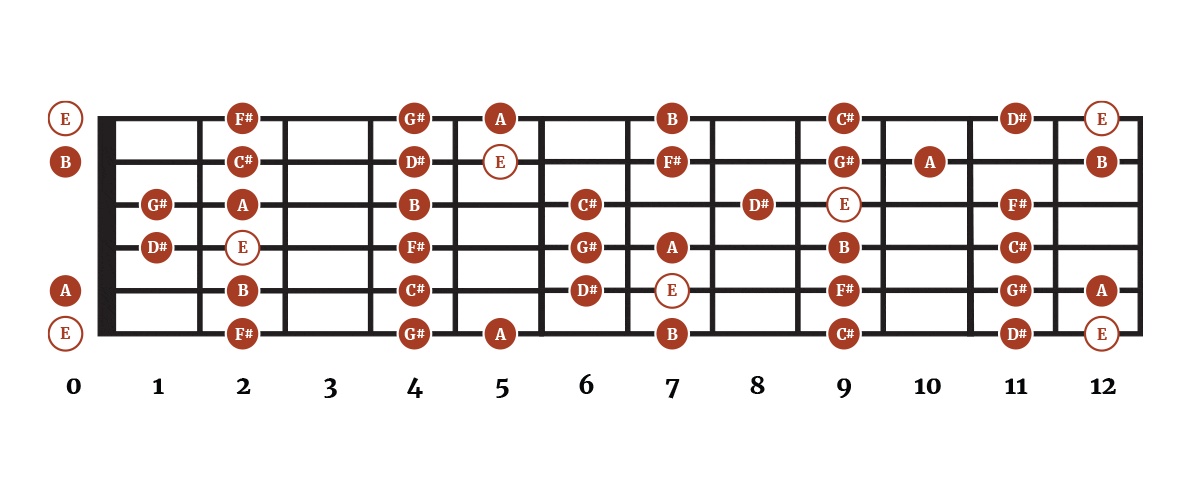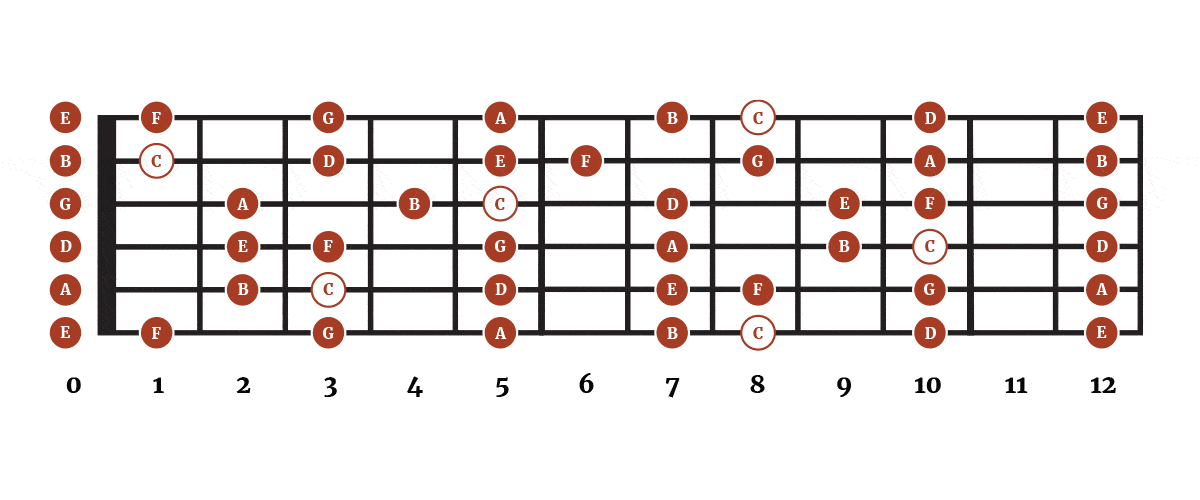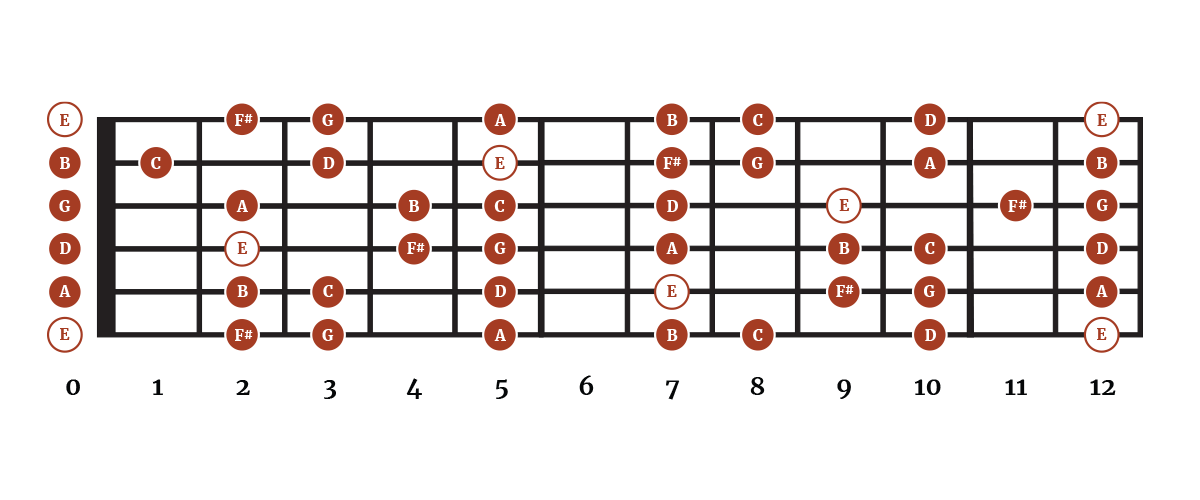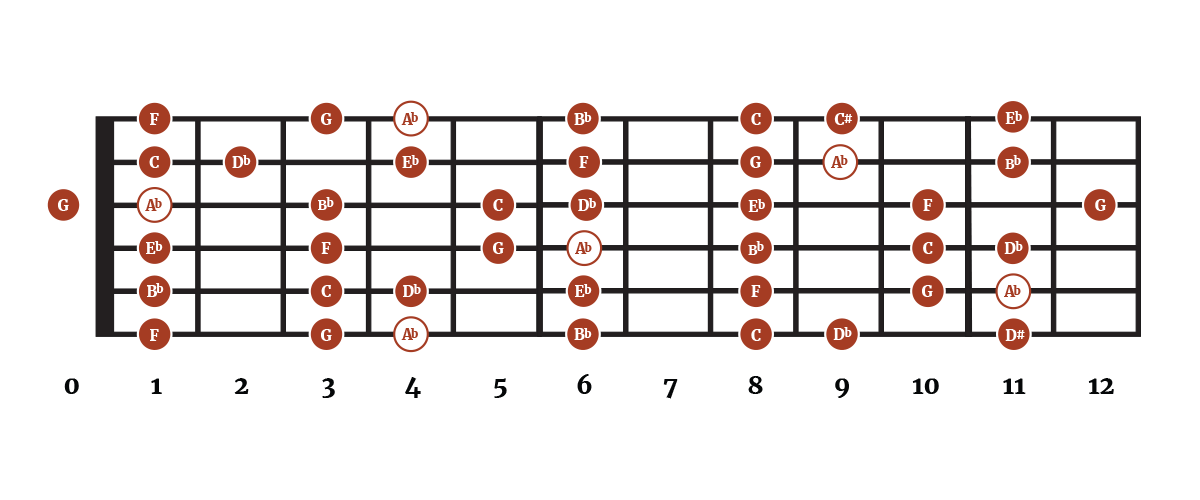The key of E major comprises the following notes: E – F# – G# – A – B – C# – D#

When assembled in order of pitch the notes form the E major scale.
E Major on Guitar
The key of E Major is especially guitar-friendly due to the presence of open chords that fit naturally within the key. In E Major, the open chords E, A, and B are the I, IV, and V chords respectively. This makes it easy to play chord progressions and create song structures using these chords.
The open E major chord is also a staple of guitar playing. It’s played using all six open strings and has a rich and resonant sound.
A Major (IV): The open A major chord is another fundamental chord shape for guitarists. It’s formed by barring the second fret and playing the D, G, and B strings open. A major chord change from E major is a common progression in many songs.
B Major (V): The open B major chord might be less commonly used due to its barre chord nature, but it’s still significant. Many guitarists learn barre chords in this key to access the B major chord, and the transition from E to B is a classic progression found in various genres.
The availability of these open chords in E Major makes it straightforward for beginners to start playing songs in this key using basic chord progressions.
The E Major Scale Step Pattern

All major scales follow the familiar pattern of whole, half, whole, whole, whole, half.
Playing The E Major Scale
The root E note can be found on the 12th fret of the 6th (E) string. One way to play this scale is to use the caged E shape scale pattern shown below. Another common way to play the E Major scale is to utilize the open position, meaning the root note is found on the open 6th string, one octave lower than the 12th fret of the 6th string.
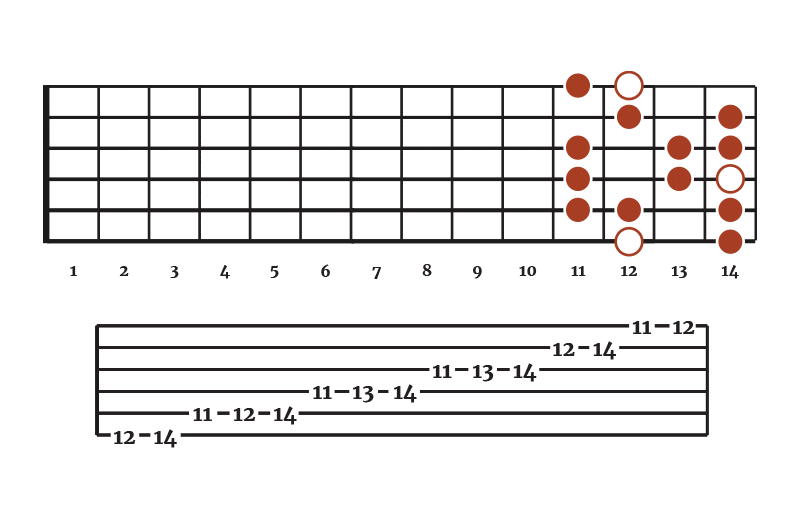
Chords In The Key Of E Major
All chords constructed from major scales follow the pattern of:
Major, minor, minor, Major, Major, minor, Diminished.
| Maj | min | min | Maj | Maj | min | Dim |
| E | f# | g# | A | B | c# | D# |
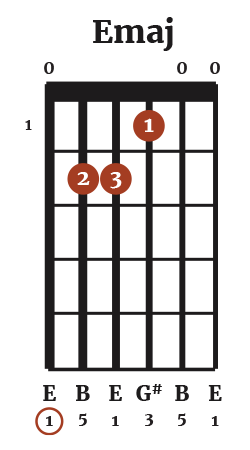
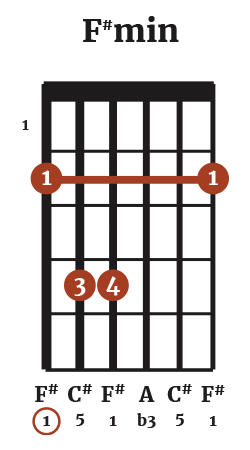
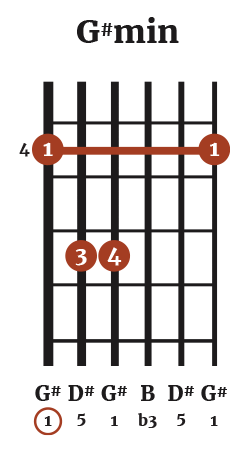
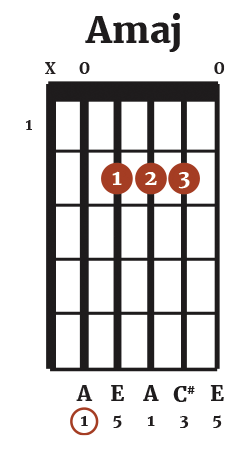
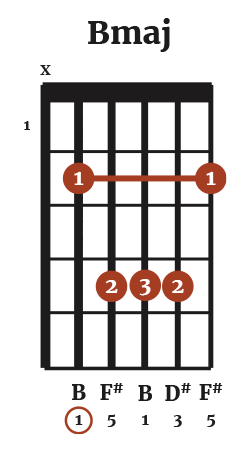
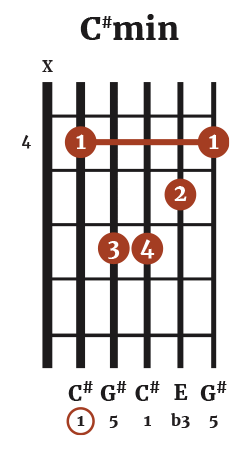
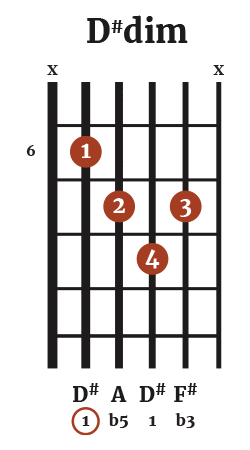
*There are many different ways to play the chords above, the examples above are some of the easier voicings for each.
7th Chords in E Major
7th chords can be used in place of triads (major, minor, augmented, and diminished). They add harmonic complexity, and depth to music by introducing additional harmonic flavors and tension. In the key of E major, we have the following 7th chords available to us:
| Chord | Notes |
| E Major 7 | E, G#, B, D# |
| F# minor 7 | F#, A, C#, E |
| G# minor 7 | G#, B, D#, F# |
| A Major 7 | A, C#, E, G# |
| B Dominant 7 (B7) | B, D#, F#, A |
| C# minor 7 | C#, E, G#, B |
| D# Half-Diminished 7 (Minor 7 Flat 5) | D#, F#, A, C# |
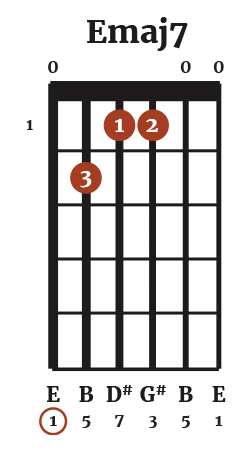
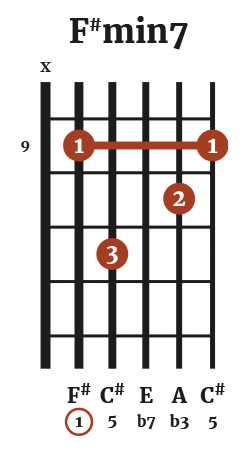
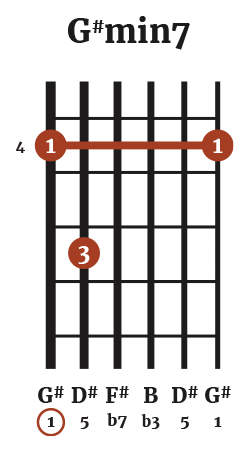
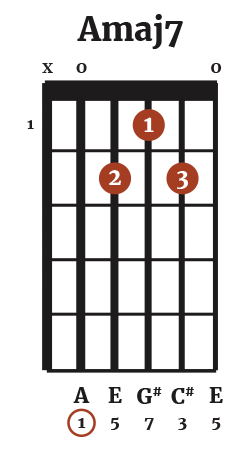
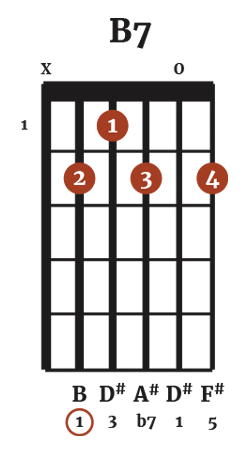
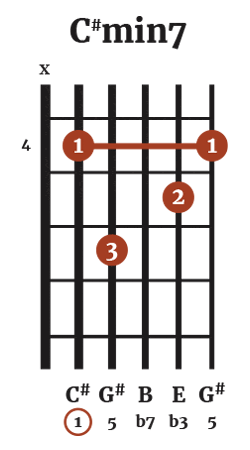
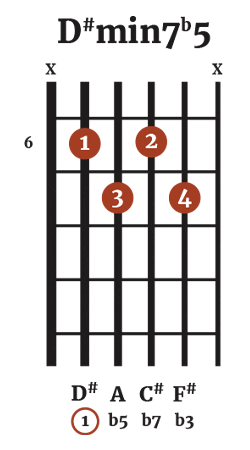
You can read more about 7th chords and how to apply them here.
Chord Function
Chords play roles within given keys due to the interplay between the notes that make up the chords, creating and resolving tension that gives rise to interesting, and pleasing chord progressions.
For example, the V chord, or dominant chord (Bmaj) plays an important role in this regard, due to its inherent instability which introduces tension that pulls us strongly back to the tonic chord (Emaj) to resolve.
| Tonic | Supertonic | Mediant | Subdominant | Dominant | Submediant | Subtonic |
| I | ii | iii | IV | V | vi | vii° |
| Emaj | f#min | g#min | Amaj | Bmaj | c#min | D#dim |
You can read more about chord function and the relationship between chords here.
Common Chord Progressions In E Major
| I – V – vi – IV | Emaj – Bmaj – c#min – Amaj |
| I – IV – V | Emaj – Amaj – Bmaj |
| I – vi – IV – V | Emaj – c#min – Amaj – Bmaj |
| I – IV – vi – V | Emaj – Amaj – c#min – Bmaj |
| I – V – vi – iii – IV | Emaj – Bmaj – c#min – g#min – Amaj |
Relative Minor
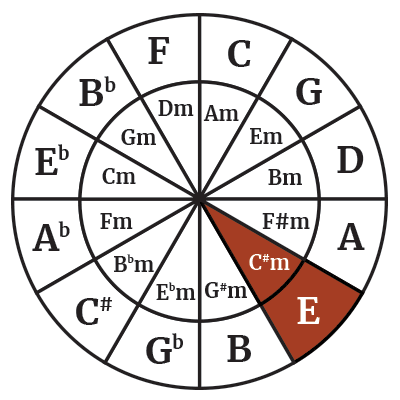
The relative minor key to E Major is C# minor. C# minor contains the same notes as E major, however, the sequence of notes begins on the 6th scale degree.
C# minor
| 1 | 2 | 3 | 4 | 5 | 6 | 7 |
| C# | D# | E | F# | G# | A | B |
Resources
- PDF download showing the notes, scales, and chords in the key of E Major.
- Learn how to read chord charts
- Learn how to read guitar tab
